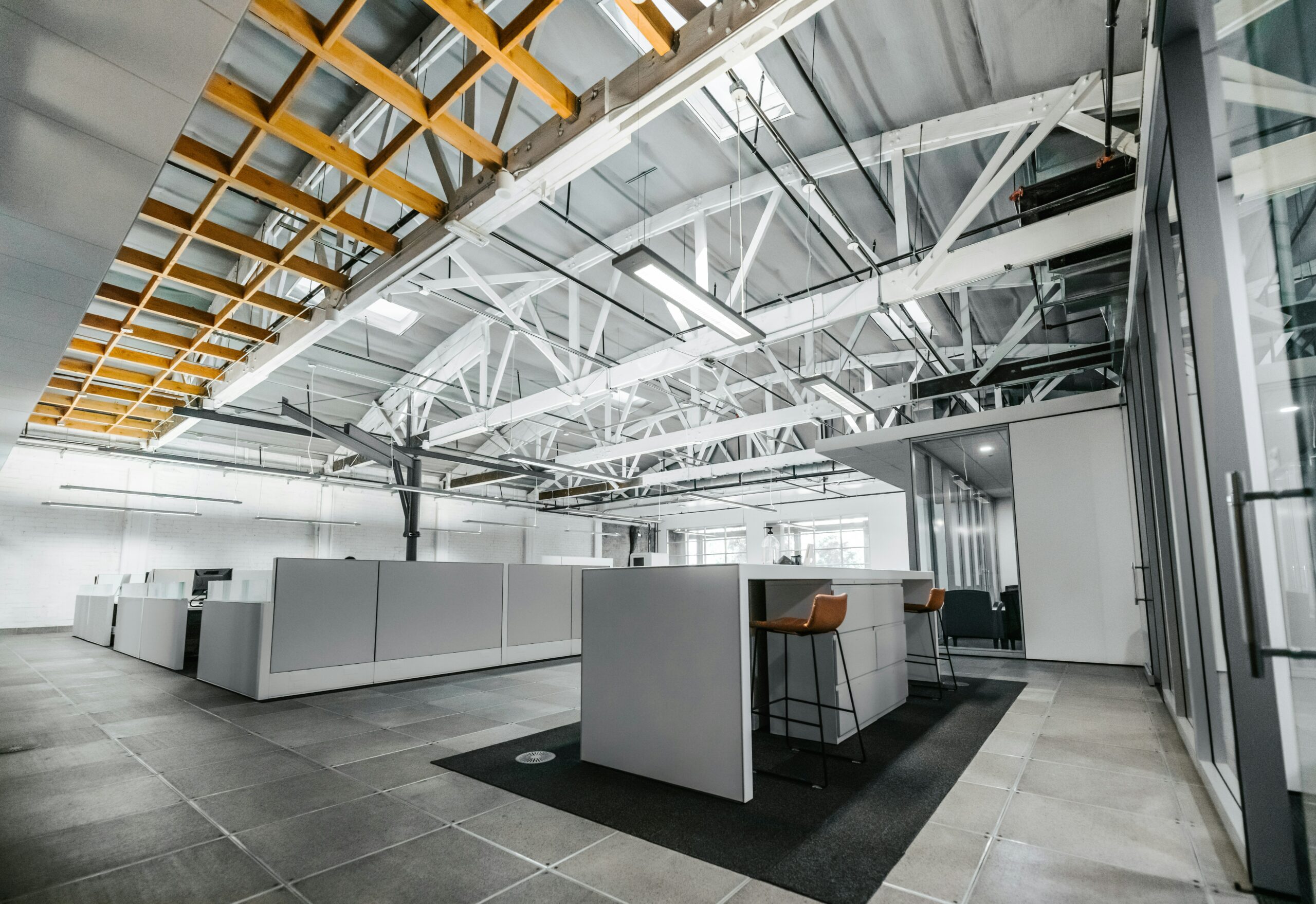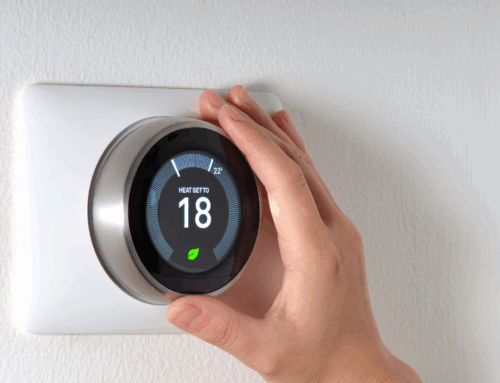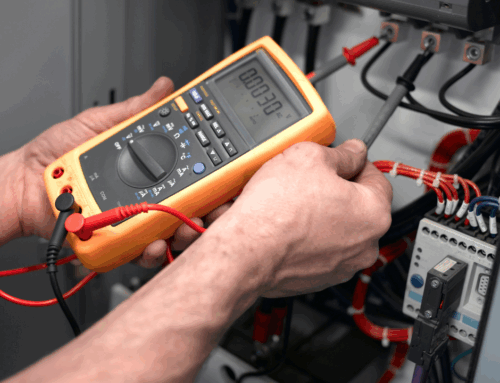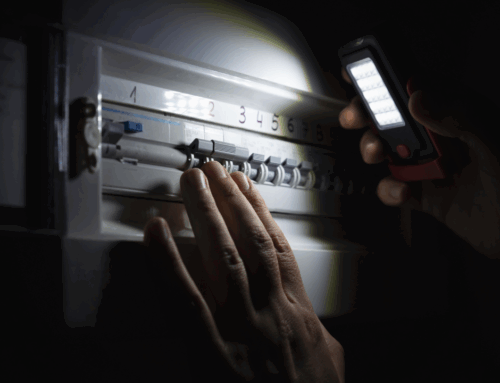As businesses strive to reduce costs and minimise their environmental footprint, energy efficiency has become a top priority in commercial buildings. Implementing energy-efficient electrical solutions not only lowers electricity bills but also promotes sustainability, reduces carbon emissions, and improves the overall performance of electrical systems.
1. LED Lighting Upgrades
LED lighting is one of the most cost-effective energy-efficient solutions for commercial buildings. Traditional incandescent and fluorescent bulbs consume more energy and have a shorter lifespan compared to LEDs. By switching to LED lighting, businesses can reduce their electricity consumption significantly.
Advantages of LED Lighting:
- Uses up to 80% less energy than traditional bulbs
- Lasts up to 25 times longer, reducing replacement and maintenance costs
- Emits less heat, reducing the cooling load on air conditioning systems
- Offers better control options, such as dimming and smart lighting systems
By upgrading the lighting systems in your commercial building, you can see immediate reductions in your electrical usage and costs.
2. Energy-Efficient HVAC Systems
Heating, ventilation, and air conditioning (HVAC) systems account for a significant portion of a commercial building’s energy use. Installing energy-efficient HVAC systems can dramatically reduce energy consumption while maintaining a comfortable working environment.
Solutions for Energy-Efficient HVAC:
- Variable speed drives (VSDs) for HVAC motors: These adjust the motor’s speed to match demand, using less energy when full power is not needed.
- Smart thermostats: These devices learn occupancy patterns and adjust heating and cooling accordingly, preventing unnecessary energy use.
- Regular maintenance: Ensuring that HVAC systems are cleaned and maintained regularly can optimise efficiency and extend the life of the equipment.
Investing in modern, energy-efficient HVAC systems is a vital step towards reducing overall electrical usage in commercial buildings.
3. Smart Building Automation Systems
Smart building automation systems allow businesses to control and monitor their electrical usage in real-time. These systems manage lighting, HVAC, and other electrical systems more efficiently by automatically adjusting settings based on occupancy, time of day, and environmental conditions.
Benefits of Smart Automation:
- Energy monitoring: Tracks electrical consumption in real-time, allowing businesses to identify inefficiencies and adjust usage patterns.
- Occupancy sensors: These sensors turn off lights and adjust HVAC systems when rooms are unoccupied, saving energy.
- Automated scheduling: Allows businesses to set specific operating times for electrical systems, ensuring they are only in use when needed.
Smart automation systems help businesses maintain energy-efficient operations without sacrificing comfort or functionality.
4. Power Factor Correction
Power factor correction is an essential electrical solution that improves the efficiency of power usage in commercial buildings. Many businesses operate equipment, such as motors and transformers, that can result in a poor power factor, meaning energy is not being used effectively. This can lead to higher electricity bills and increased strain on electrical systems.
Power Factor Correction Benefits:
- Reduces electrical waste by ensuring that equipment operates more efficiently
- Lowers electricity bills by reducing demand charges
- Extends the life of electrical equipment by preventing overloads and overheating
Installing power factor correction devices can significantly improve the efficiency of your building’s electrical system.
5. Energy-Efficient Electrical Appliances and Equipment
Commercial buildings rely on a wide range of electrical appliances and equipment, from computers and printers to industrial machinery. Using energy-efficient appliances can greatly reduce energy consumption.
Solutions:
- Invest in appliances with Energy Star ratings or other energy efficiency certifications.
- Use automatic shut-off devices or timers to turn off equipment when not in use.
- Implement low-energy machinery in production environments to cut down on energy use.
By upgrading to energy-efficient appliances and equipment, businesses can reduce their electrical consumption and achieve long-term cost savings.
6. Renewable Energy Integration
Integrating renewable energy sources such as solar panels or wind turbines can further reduce a commercial building’s reliance on grid electricity. Many businesses are now adopting solar energy to generate their own power, particularly in areas with high sunlight exposure.
Benefits of Renewable Energy:
- Reduces dependence on traditional electricity sources
- Lowers energy costs over time
- Contributes to sustainability goals by reducing carbon emissions
While the initial investment in renewable energy can be substantial, the long-term savings and environmental benefits make it a viable energy-efficient solution for commercial properties.
Energy-efficient electrical solutions are not only a smart financial investment but also a vital component of sustainable business practices. By upgrading to LED lighting, implementing smart building systems, improving HVAC efficiency, and integrating renewable energy, commercial buildings can significantly reduce their electrical consumption and operating costs. Prioritising energy efficiency not only saves money but also supports global efforts to combat climate change and reduce carbon emissions, making it a win-win for businesses and the environment alike.







Leave A Comment